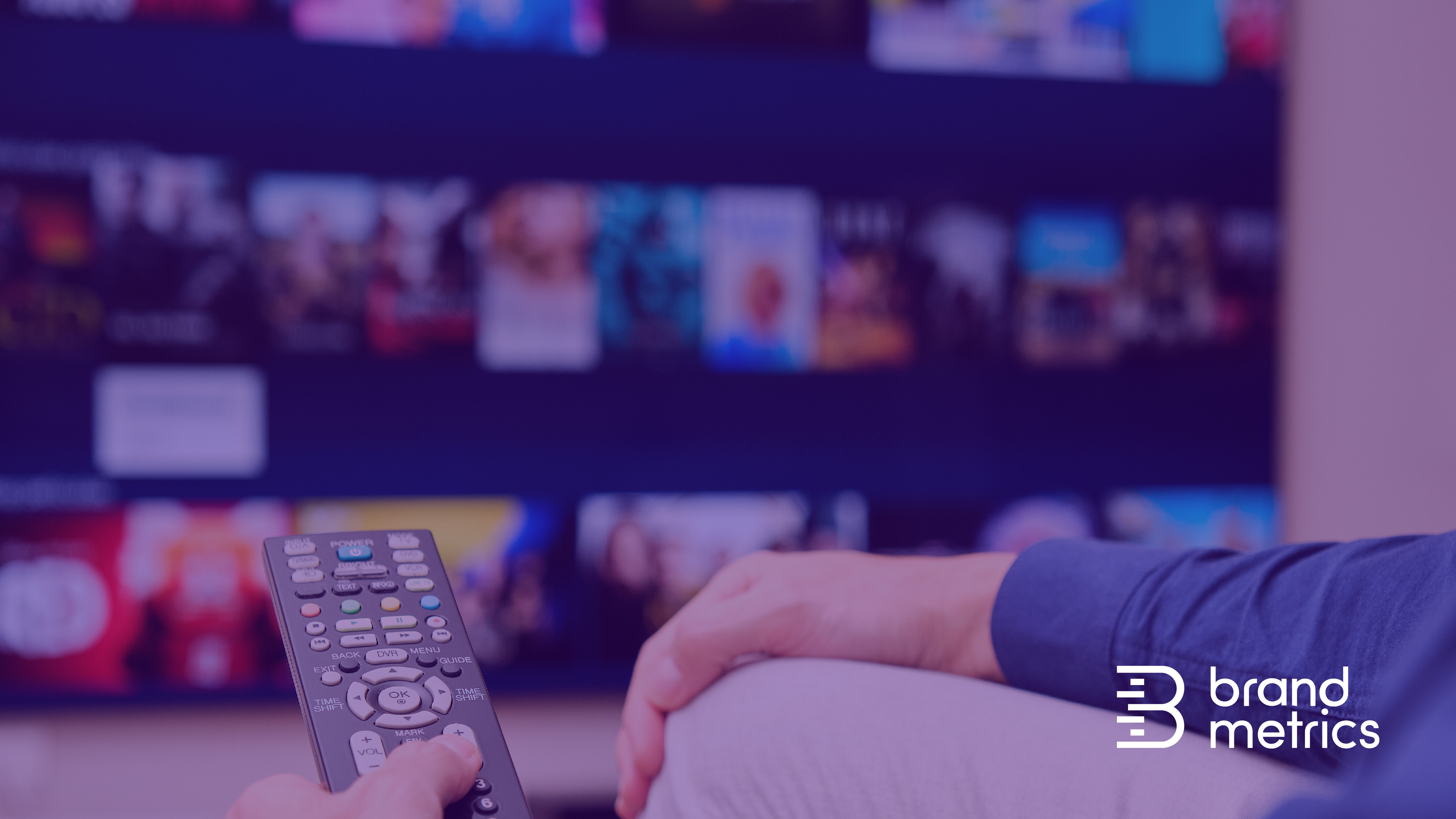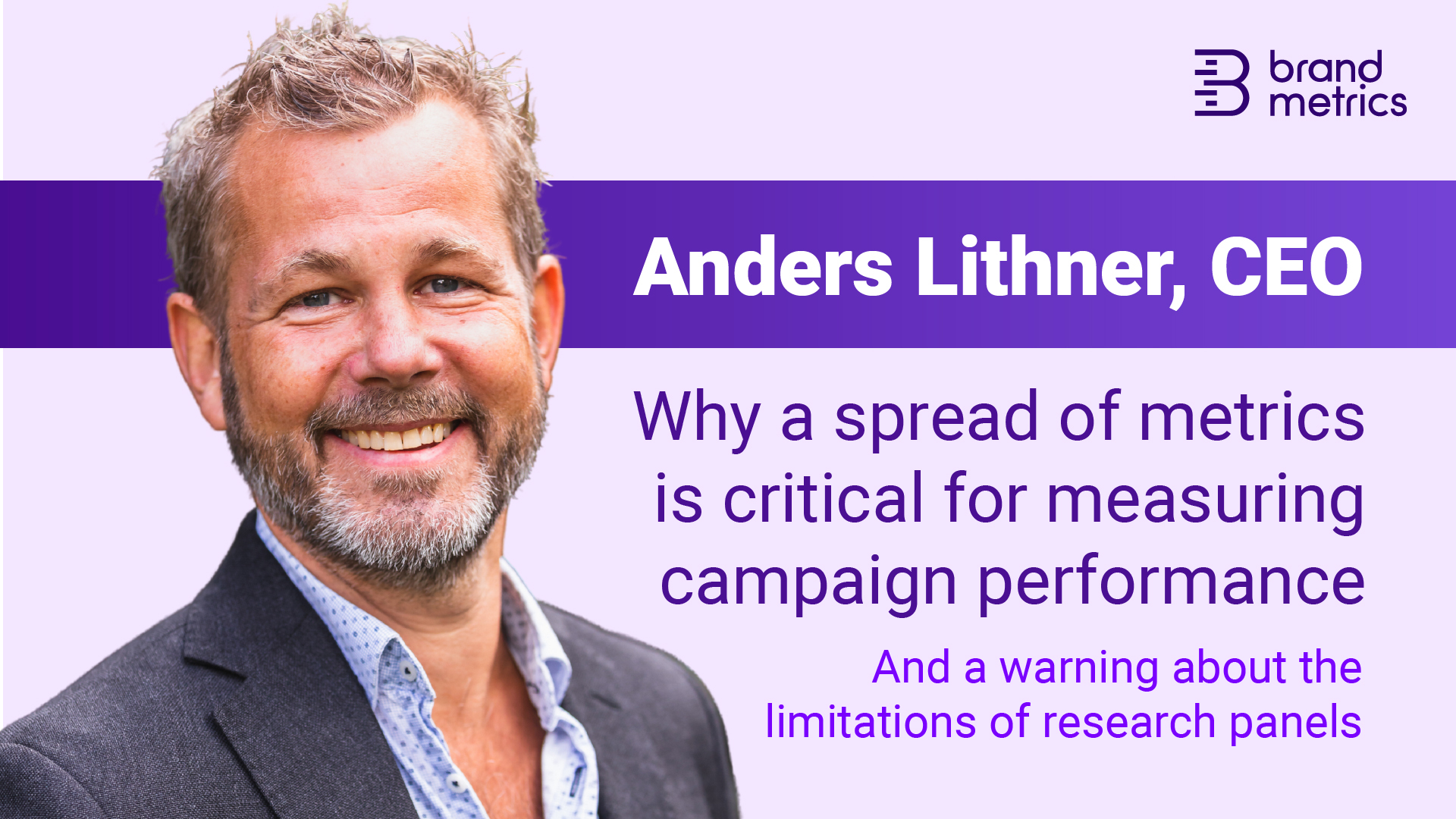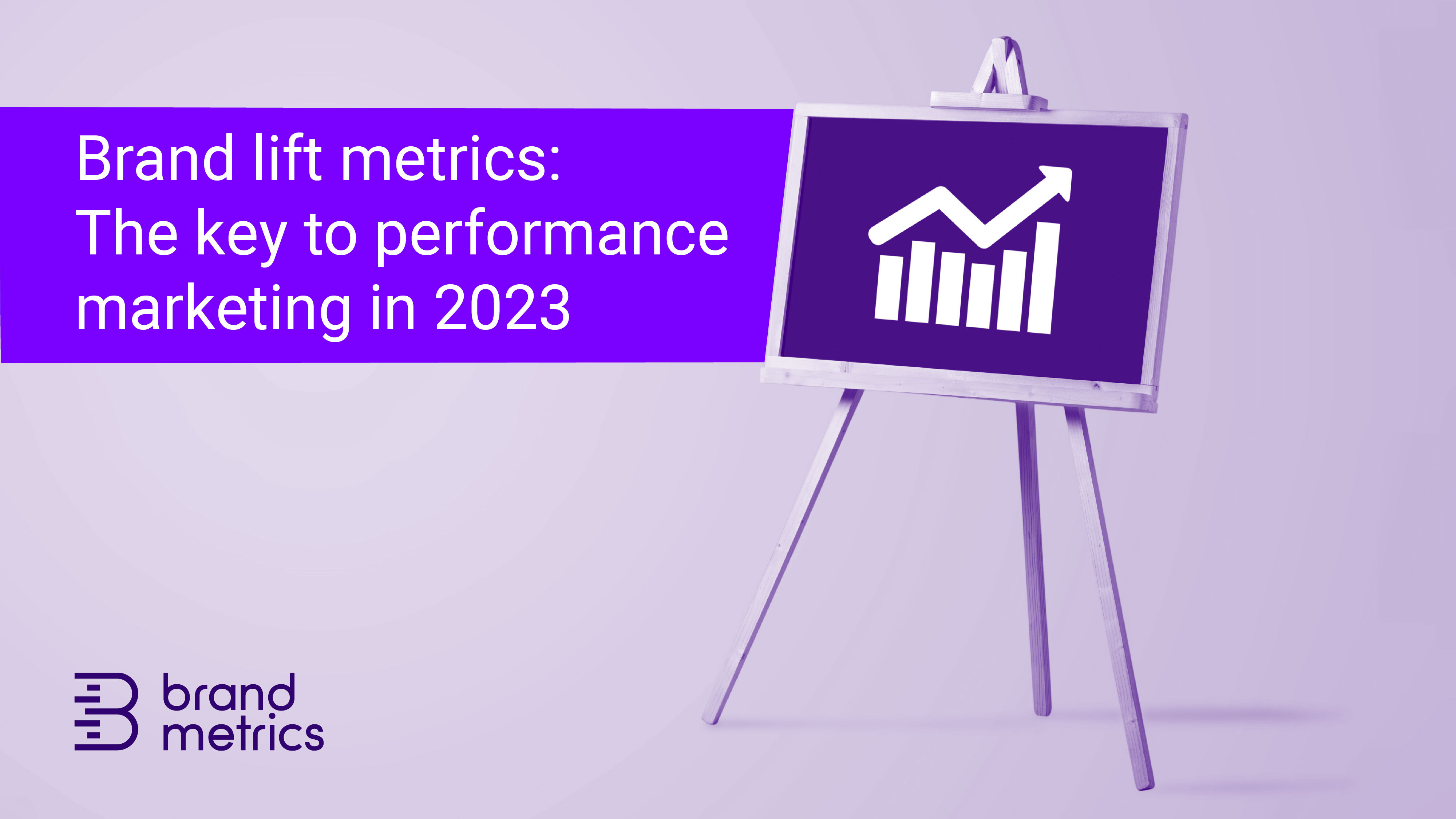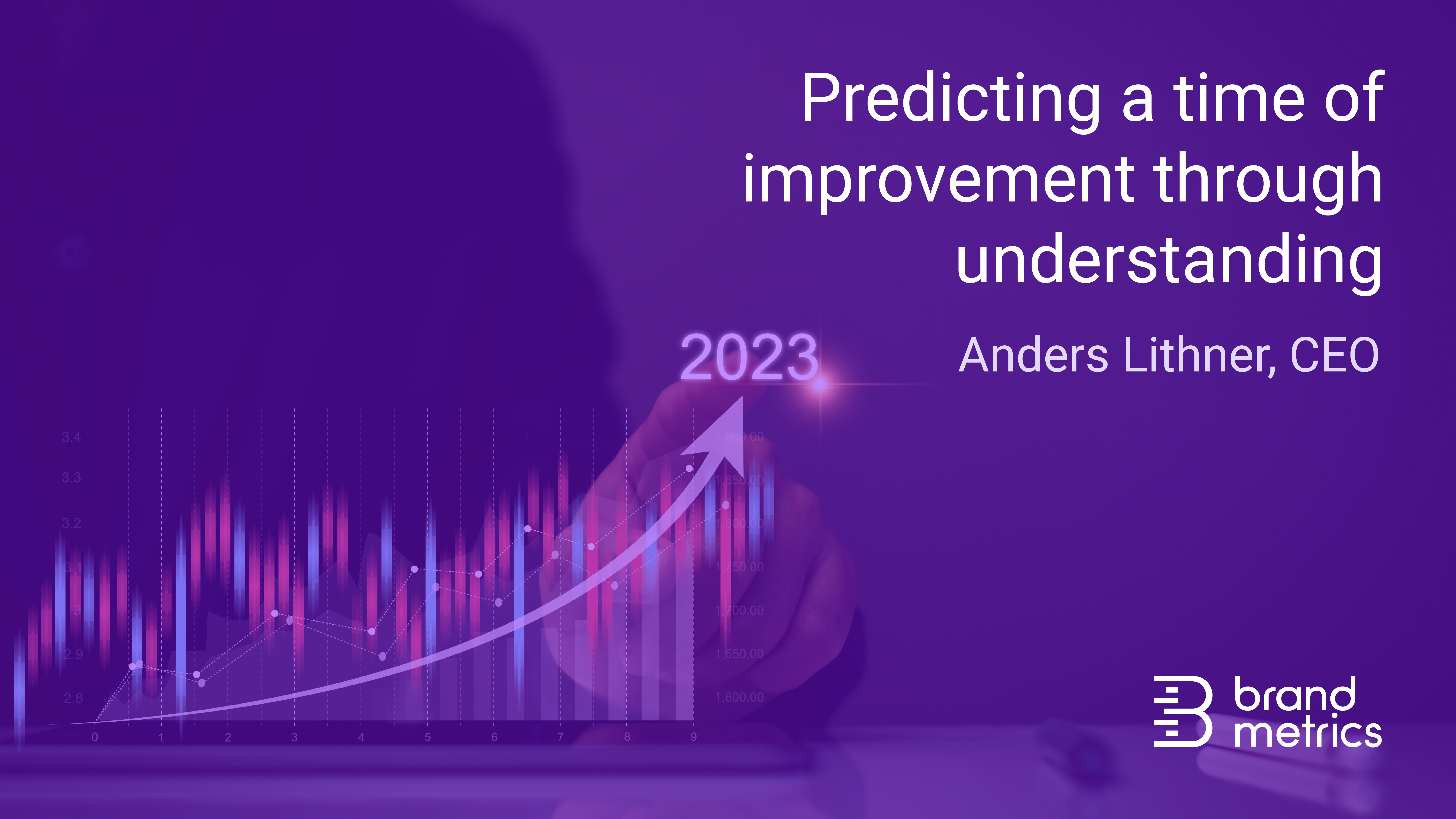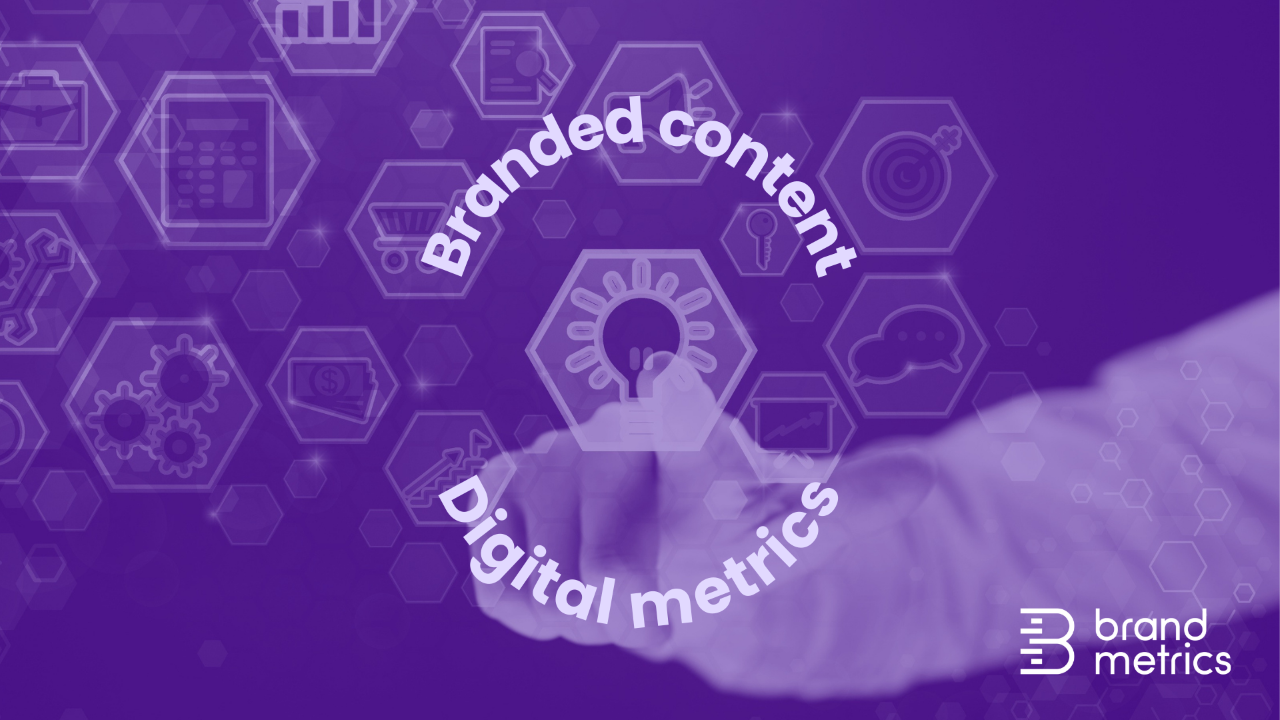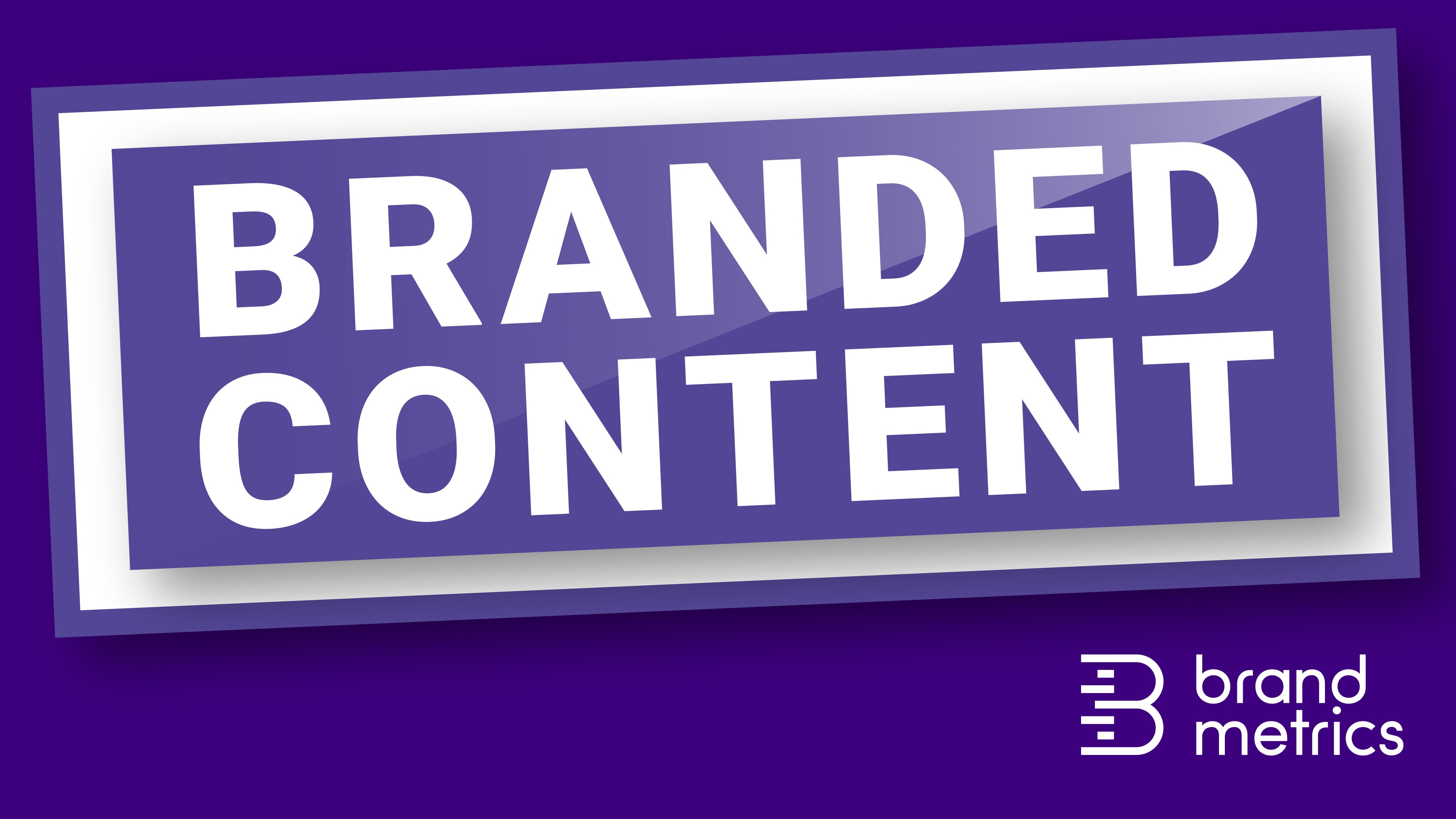When to use targeting...and when not to
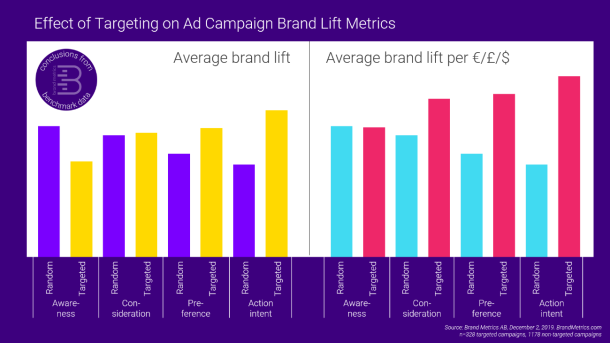
Sometimes targeting is the right decision when running digital campaigns. Sometimes it is not. To help decide, marketers have to look at both ends of the brand effectiveness funnel. They have to analyze outcomes relative to the size of the campaign investment and they have to look both at the brand lift and at the brand standing baseline.
Throughout the past decade an avalanche of creative ways to target digital ads have been offered to marketers. Demography, geography, interests and search intentions are old familiar techniques. Other options such as seeking editorial relevancy and receptiveness based on facial coding are new kids on the block. There are more algorithms out there than anyone can keep track of.
So, which one is best? Obviously, as with most things in marketing, the answer is: “it depends”.
Ask the right question to data
The Brand Metrics database contains brand lift data for thousands of campaigns, executed with different kinds of targeting. Often the same campaigns have been tested against themselves with and without targeting, to identify the degree by which the targeting increases brand lift.
And yes, on average targeted campaigns measure some +19% higher uplift than non-targeted campaigns. Yet, that is only part of the story and maybe not even the most important part.
Targeting almost always carries a higher CPM than non-targeting, but it is also more limited in terms of volume. The more precise the targeting is, the smaller is the addressable inventory of people seeing the ad units.
This means it is not the RETURN on the investment that is higher when doing targeting. It is the slightly higher return on a significantly lower INVESTMENT that makes the difference. In other words, targeting is more closely related to the “I” in ROI than to the “R”.
That is the first reason why the question rather than the answer needs more thought when evaluating targeting. The brand lift needs to be considered in relation to the size of the investment to make sensible comparisons.

Pay attention to the baseline
The second reason has to do with baseline levels. As an example: if I can high jump 50 cm, it does not take a lot of practicing to add another 50 cm, but if I’m athletic enough to clear a 2-meter bar, training to add another half meter is …challenging.
If the preference for a brand in a random audience is 20%, it is likely that the preference in a data target to which the campaign is predicted to be super relevant, is already at 40% or 50%. And as with the high jumping analogy, it is much harder to increase from a higher base than from a lower one, so it may well be that the brand lift in absolute percentage points is actually lower within the more relevant segment.
This is why it is important to look both at baseline levels and uplift throughout the whole funnel. The people that have no awareness of your brand can be made aware, those that know your brand, but wouldn’t consider it, can be encouraged to at least consider it. People that would consider your brand may be given reasons to prefer it over other brands and those to whom you are already a preferred option can be offered motivation to turn that preference into an intention to buy, and eventually that intention into an actual purchase.
Knowing when to use targeting
As is evident from the graph above, upstream, in the early stages of the funnel, narrow targeting makes little sense. You are aiming to make new people familiar with your brand and to start considering it. Targeting does not work better, even if considered in relation to the investment and at this stage reach itself is more important.
Downstream, at the bottom of the funnel, when trying to create conversions among those that already have a preference for your brand and have an intention to buy, speaking to segments that have never heard of you, is just wasting budget.
Spending all the money on narrow-targeted performance marketing is a short-term strategy and will eventually see your brand fade. Not putting any extra efforts in pushing those hovering outside the store, is giving that potential away to competitors who are shouting louder. The trick is to keep a good balance between adding new people to the wide top end of the funnel and also converting those that are already in the narrow end.
Targeting, obviously is better for the latter task and its effectiveness – or rather efficiency – needs to be evaluated with the right brand metrics at hand.

